Abstract
Behavior analysis has been at the forefront of instructional design for many years. However, this leadership position is rapidly eroding as teachers, trainers and other educators insist that behavioral instruction is good only for meeting simplistic educational goals. I argue that in order for behavior analysis to continue to influence the field of instructional design, behavior analysts need to help people develop instructional programs that use advanced interactive computer systems and that are based on all the components of behavioral instruction. Therefore, this paper suggests the following strategy. First, it teaches people to select authoring systems that will enable them to design interactive computer programs. Second, in order to improve current authoring systems it provides a set of prompts that integrate the features of behavioral instruction. I claim that the integration of these prompts with an advanced authoring system will facilitate the development of complex, conceptual learning programs and minimize current criticisms of behavioral instruction.
Full text
PDF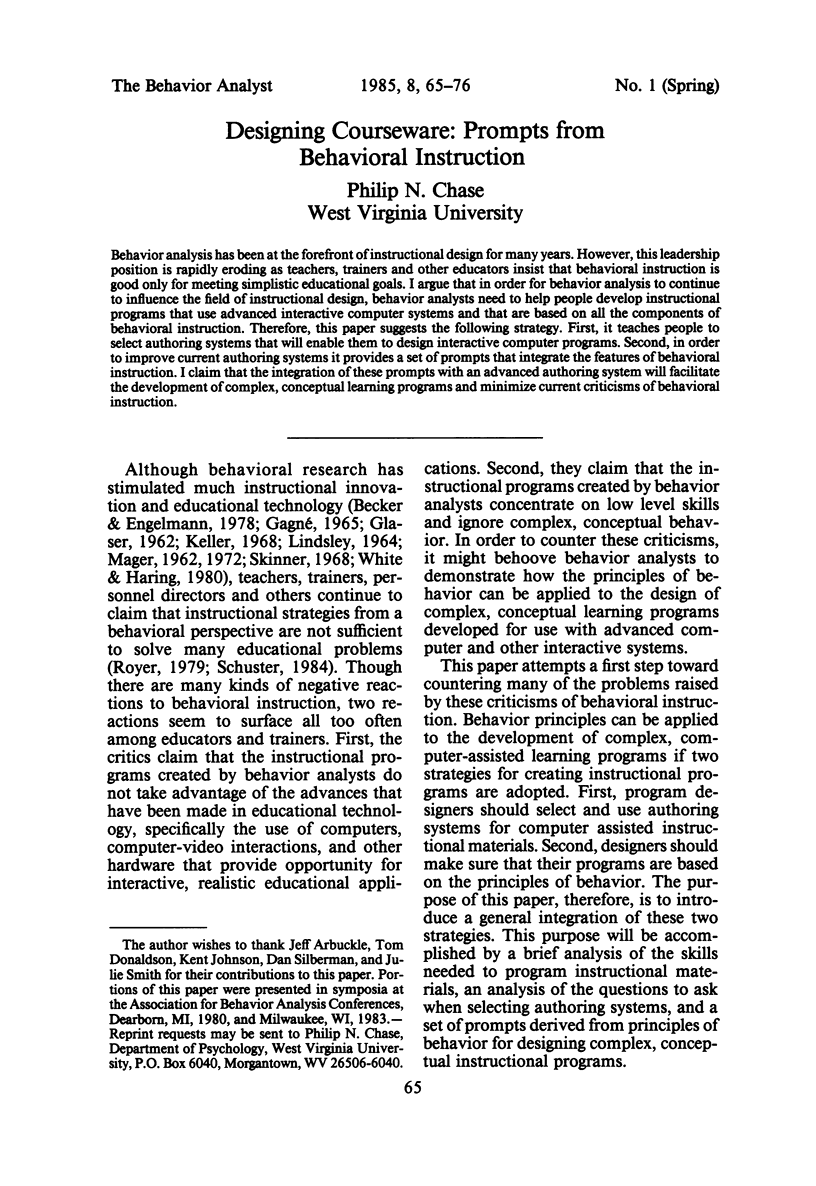

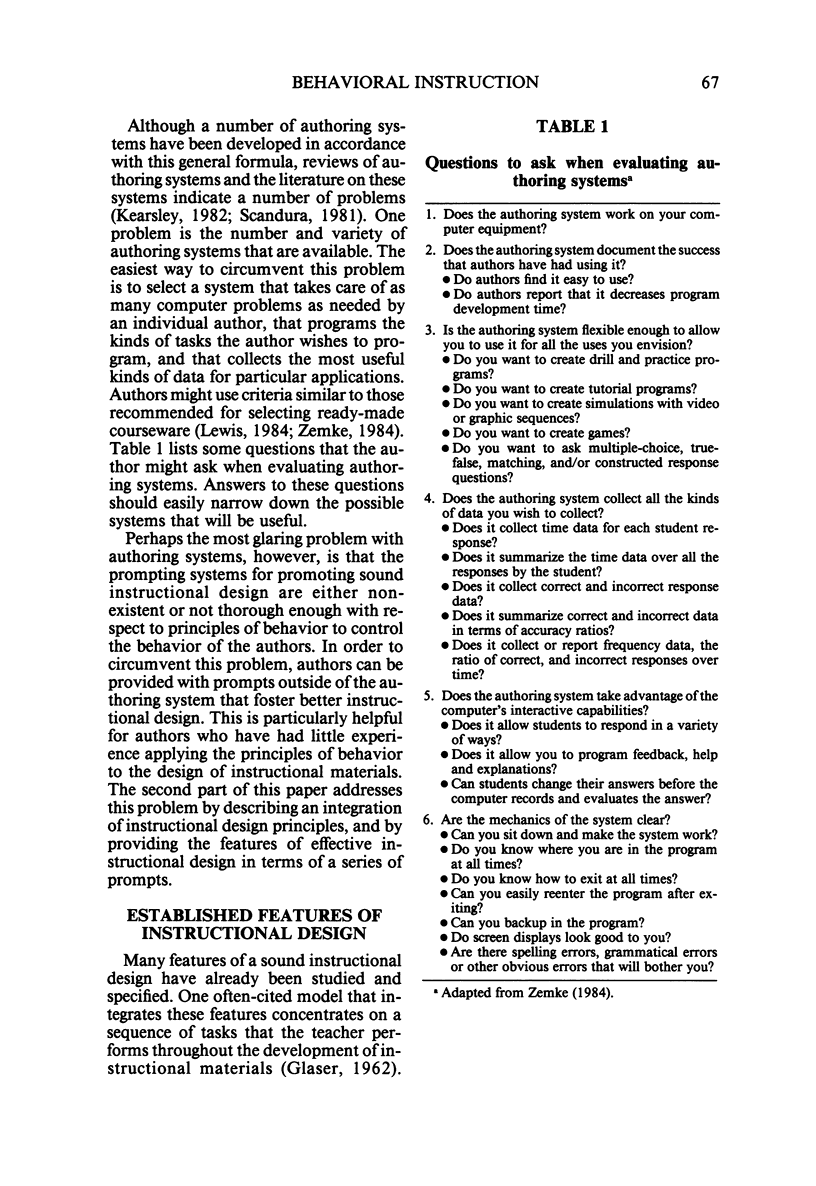
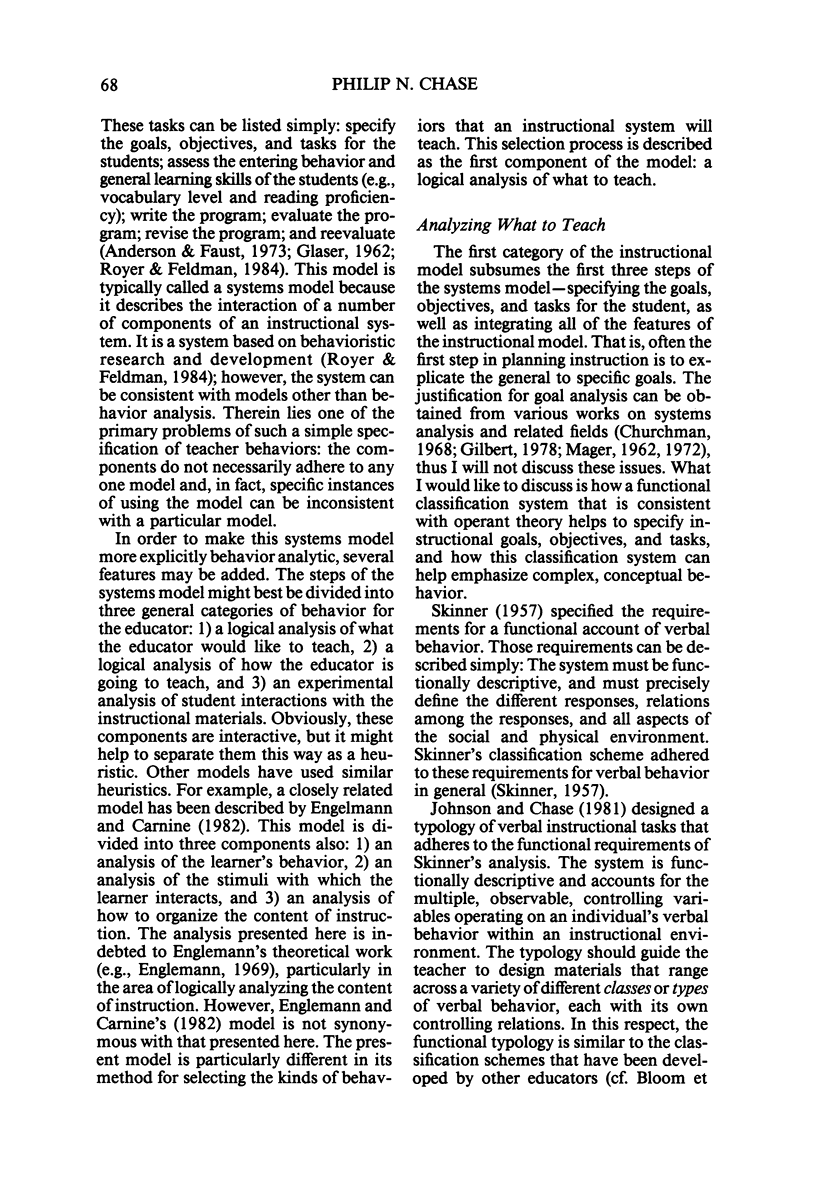
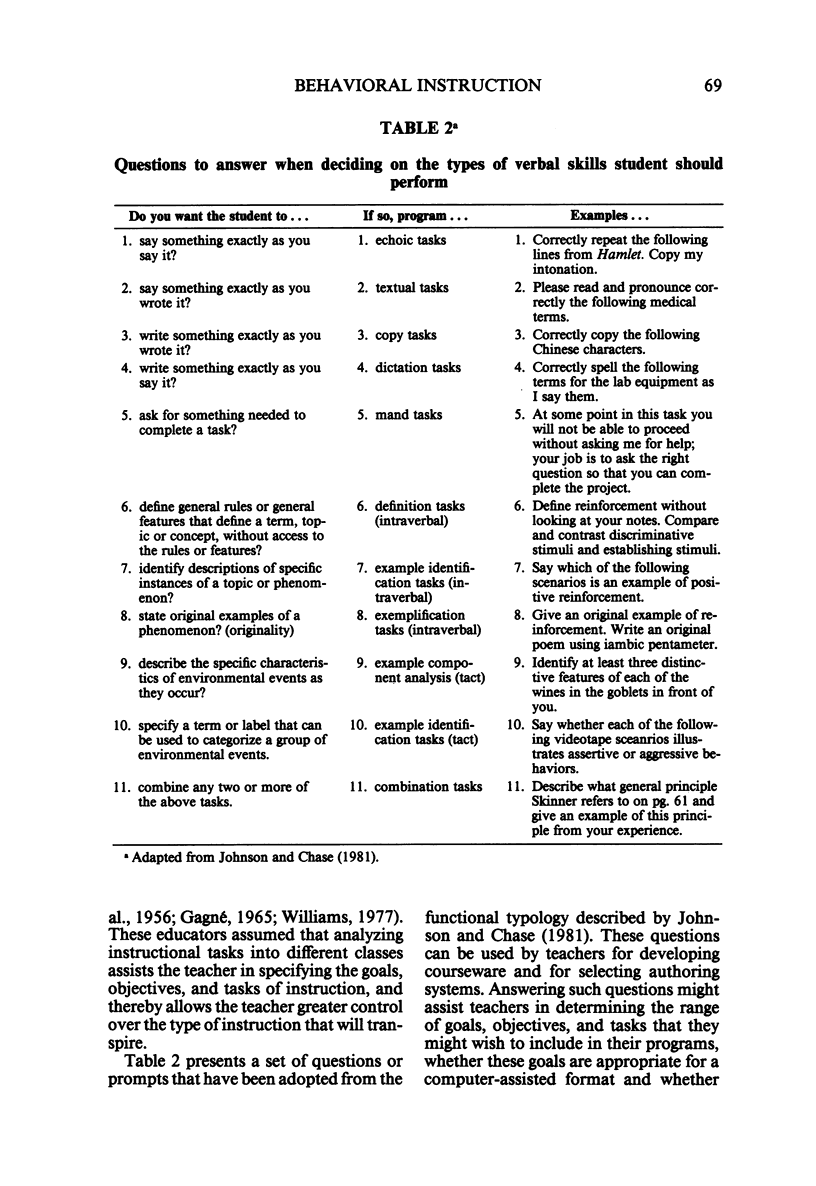
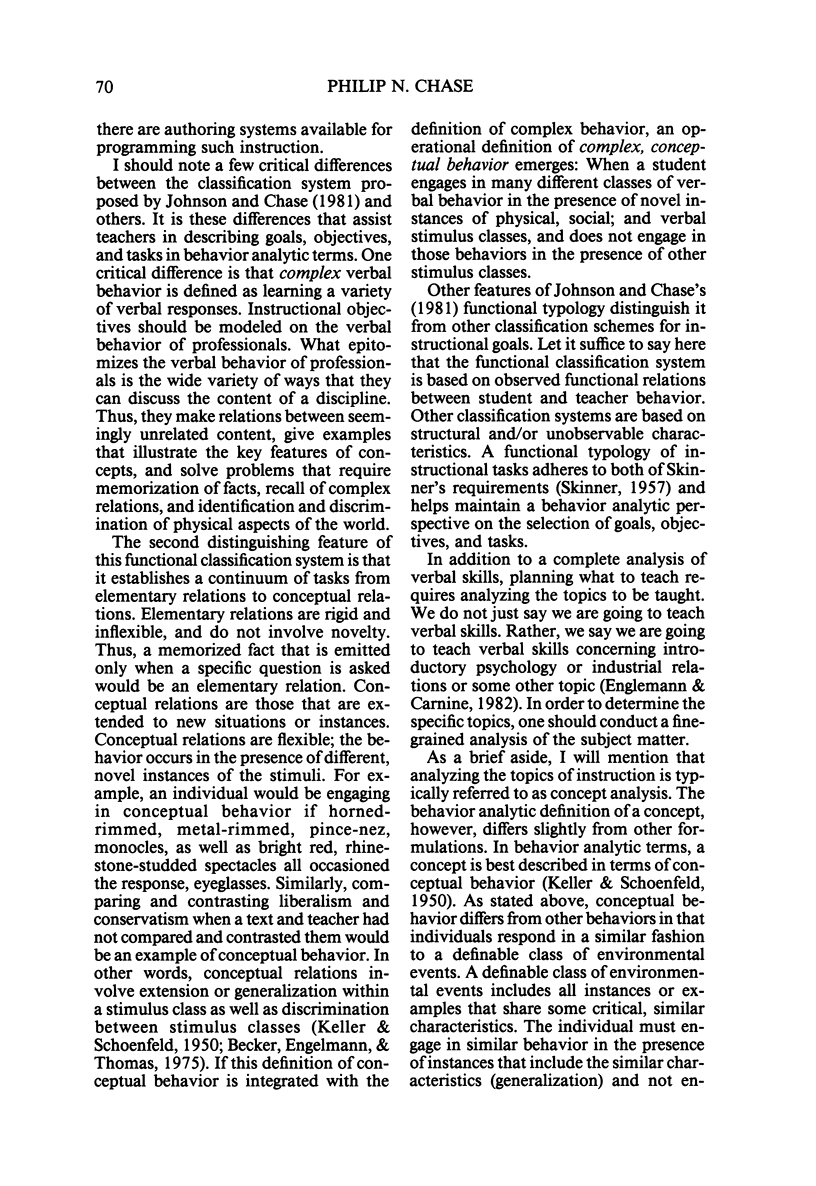
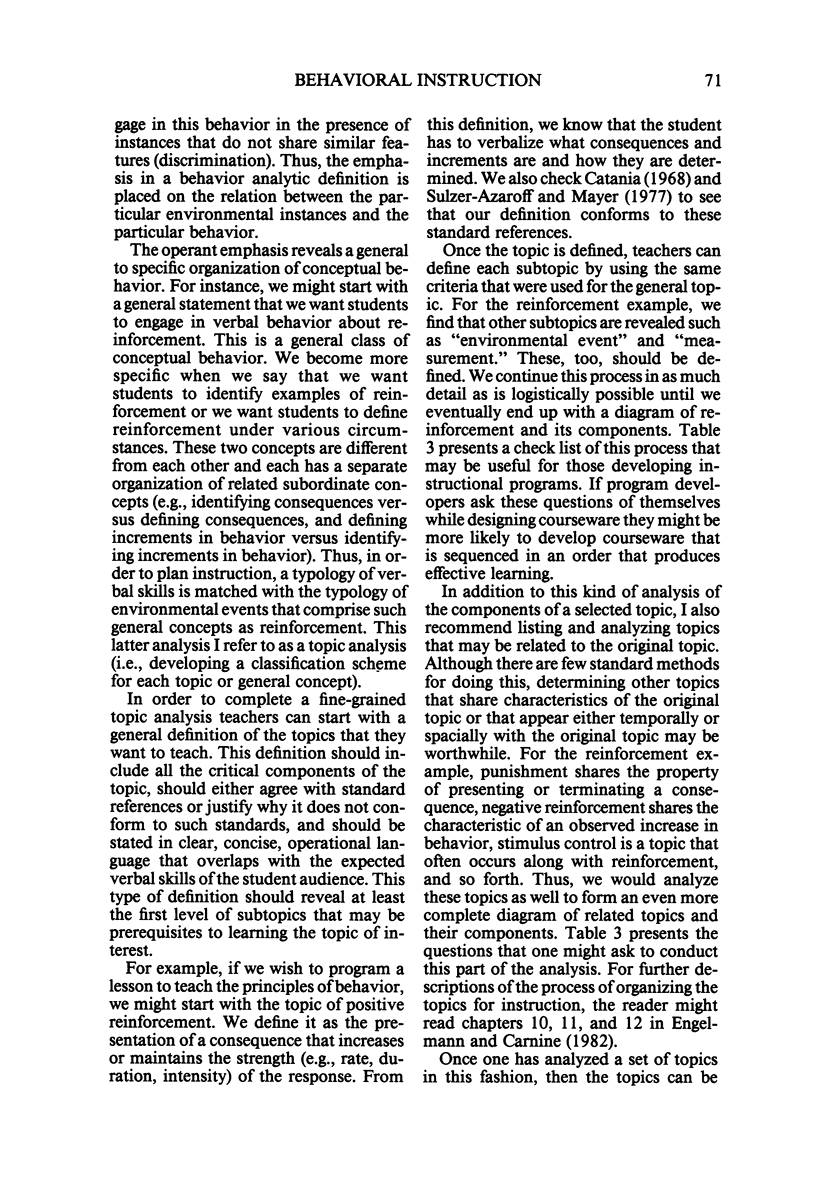
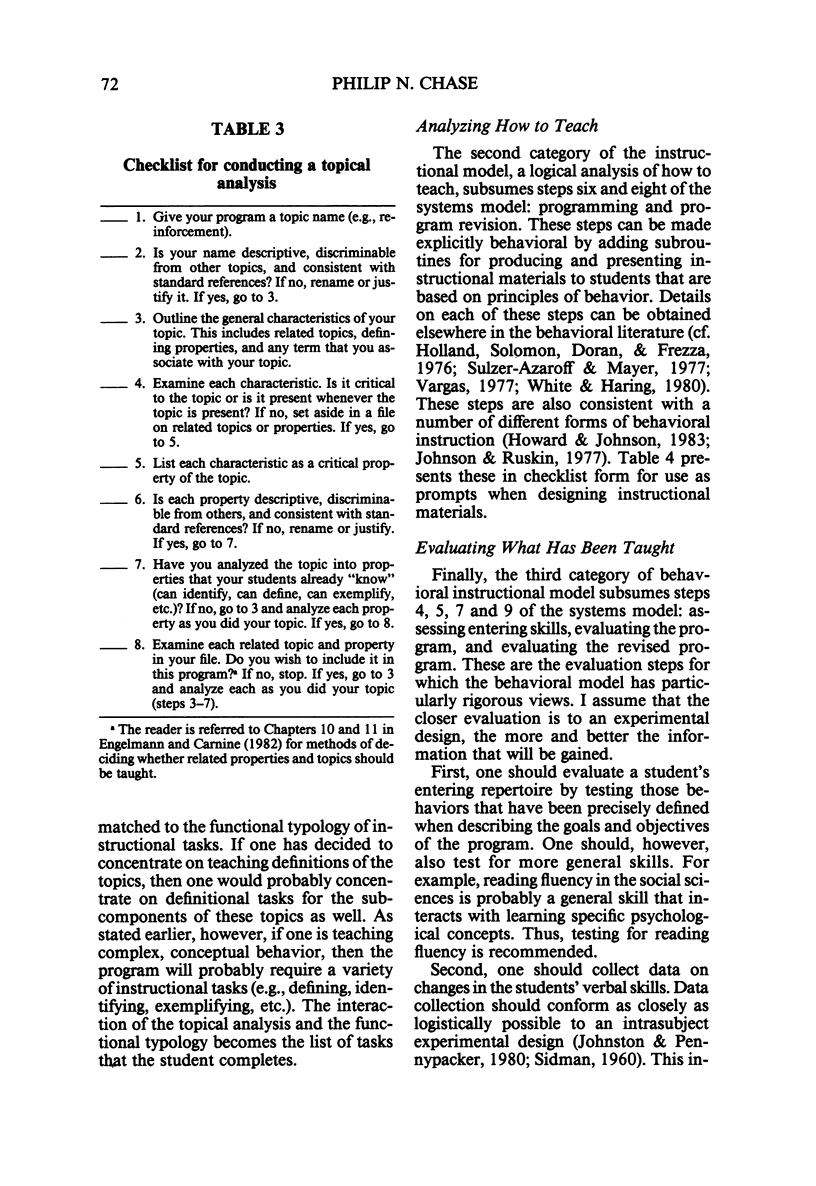
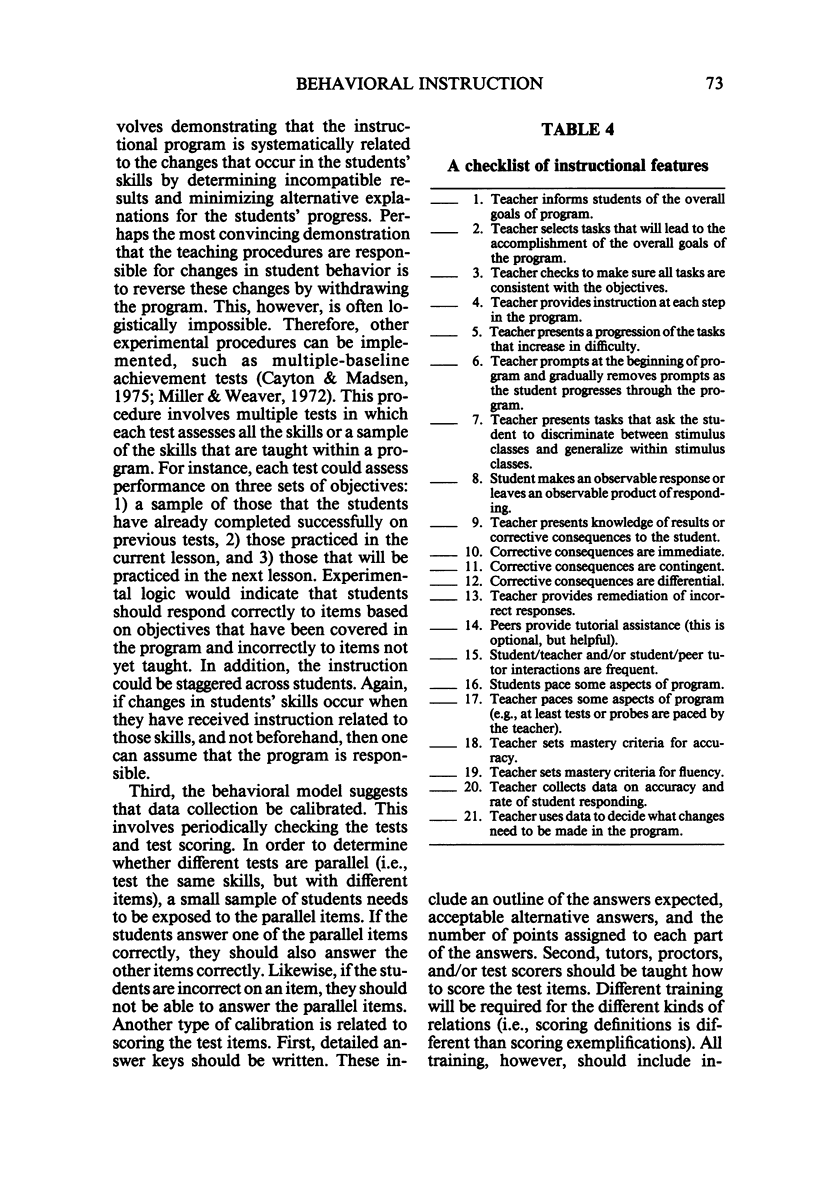
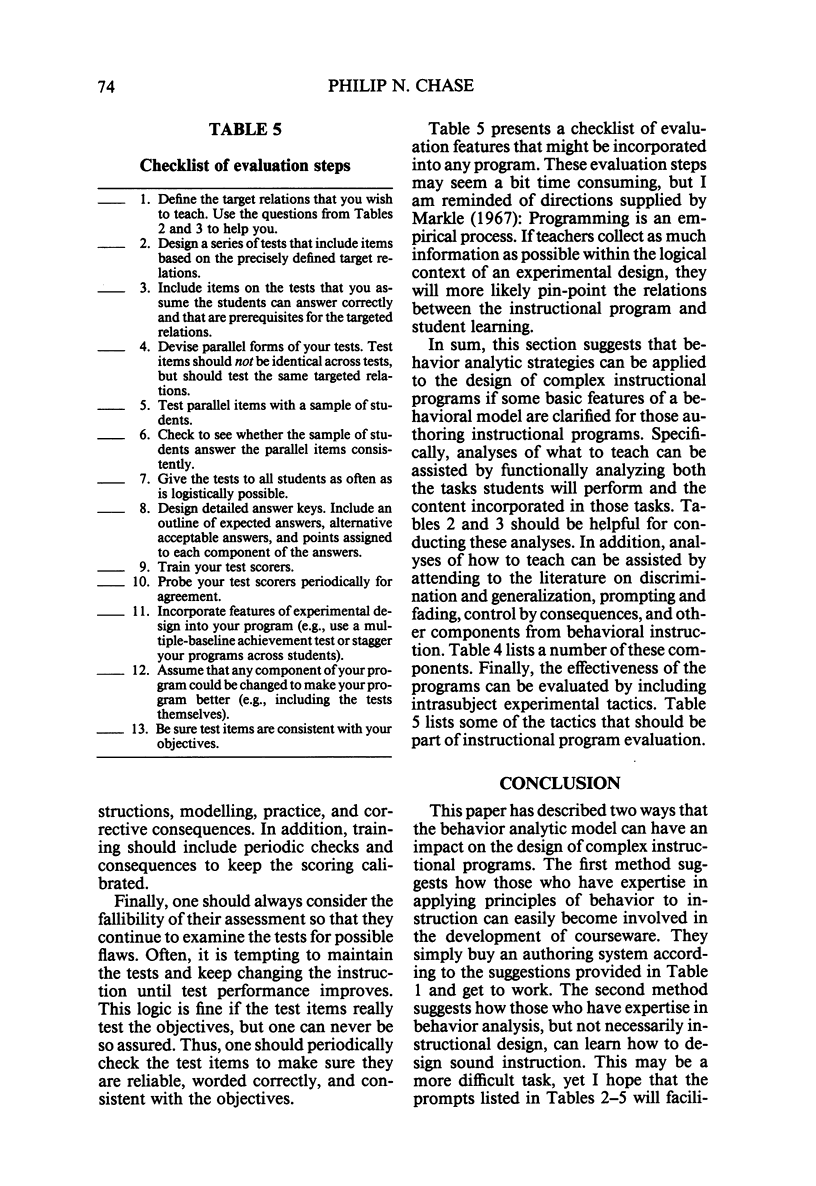
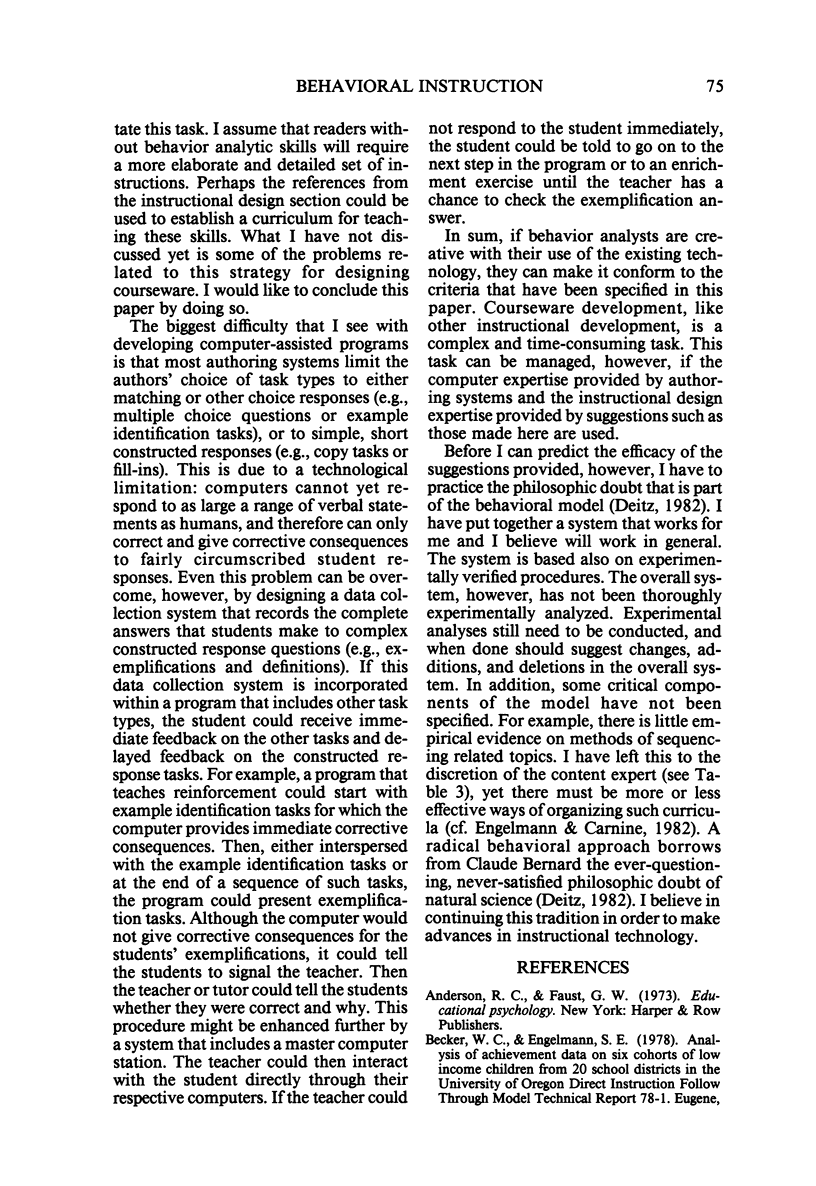
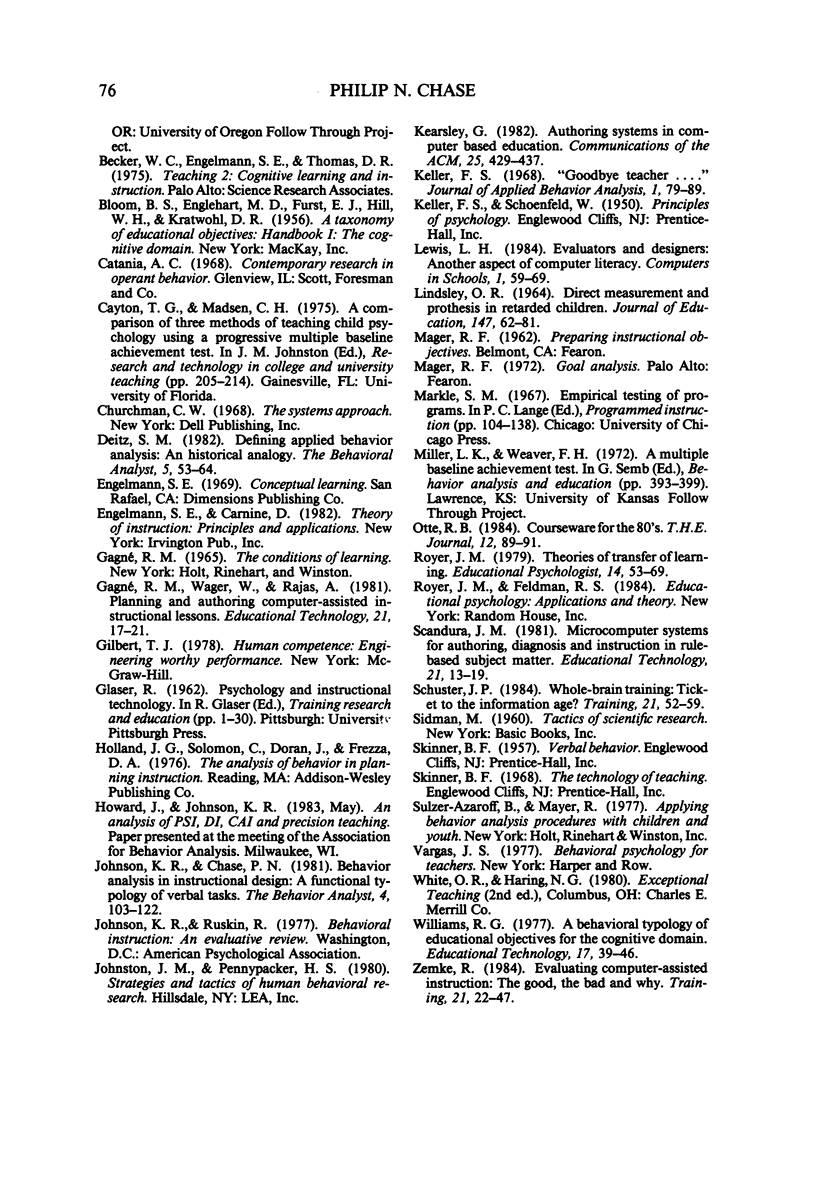
Selected References
These references are in PubMed. This may not be the complete list of references from this article.
- Deitz S. M. Defining applied behavior analysis: an historical analogy. Behav Anal. 1982 Spring;5(1):53–64. doi: 10.1007/BF03393140. [DOI] [PMC free article] [PubMed] [Google Scholar]
- Johnson K. R., Chase P. N. Behavior analysis in instructional design: A functional typology of verbal tasks. Behav Anal. 1981 Fall;4(2):103–121. doi: 10.1007/BF03391859. [DOI] [PMC free article] [PubMed] [Google Scholar]
- Keller F. S. "Good-bye, teacher...". J Appl Behav Anal. 1968 Spring;1(1):79–89. doi: 10.1901/jaba.1968.1-79. [DOI] [PMC free article] [PubMed] [Google Scholar]


